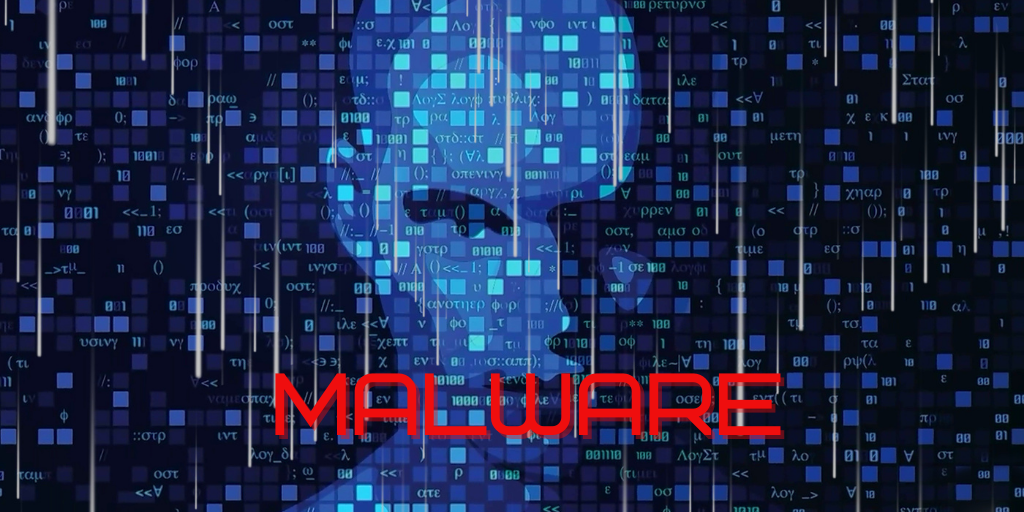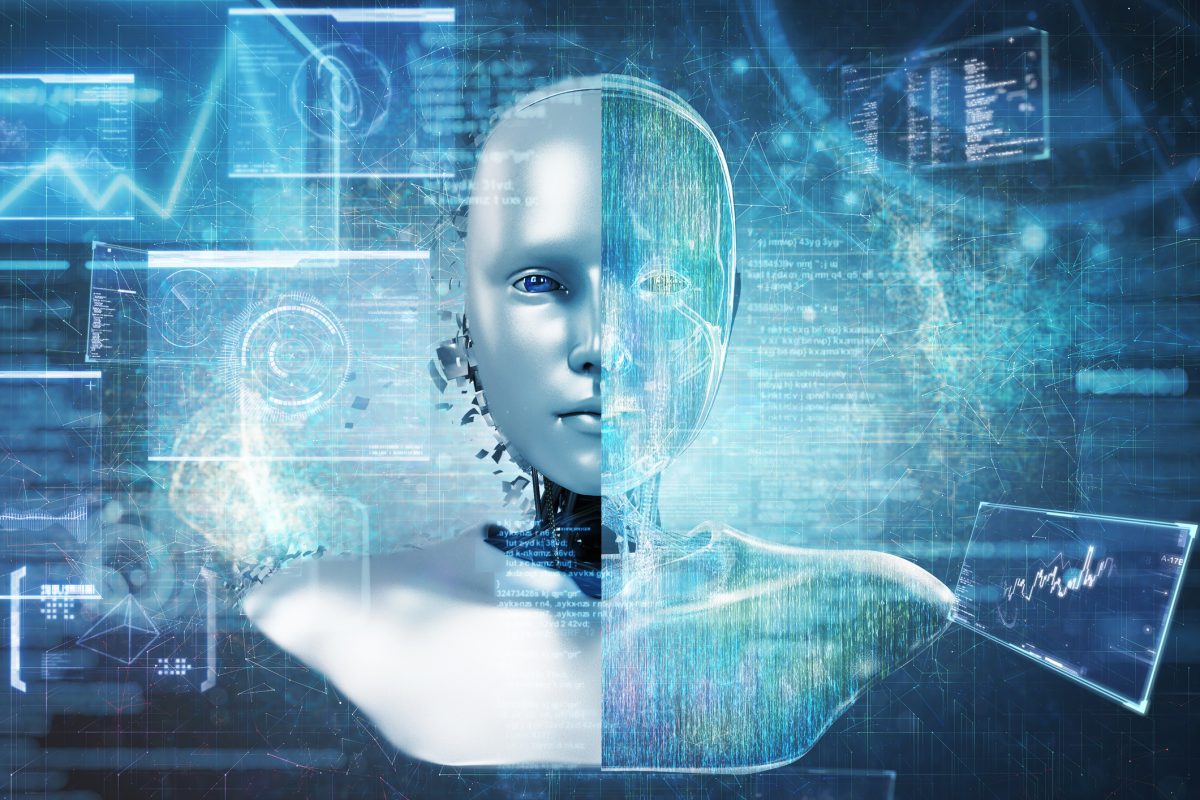AI-Generated Malware: New Threats in the Digital Age
As AI technology advances, so do the threats it can pose, particularly in the form of AI-generated malware that could redefine cybersecurity...
1 min read
.jpeg) Michael Markulec
:
Aug 28, 2023 11:12:05 AM
Michael Markulec
:
Aug 28, 2023 11:12:05 AM

In the wake of AI's rapid advancements, weaponized generative AI has surfaced as a significant concern. Highlighted in a recent Forbes article titled "Weaponized Generative AI: Combatting This Rising Threat to Security," this new technological trend has created a critical need for proactive strategies to address its potential risks. Generative AI, a subset of artificial intelligence, has enabled the creation of incredibly realistic content, including images, videos, audio clips, and text. Unfortunately, this technology is not solely a tool for progress; it has the potential to be weaponized by malicious actors seeking to exploit its power for nefarious purposes.
A recent Forbes article offers insights from experts who emphasize the implications of weaponized generative AI. This technology poses a heightened risk of exacerbating challenges related to misinformation and disinformation campaigns. The ability to generate content nearly indistinguishable from authentic material raises concerns about spreading fake news, fraud, and even cyberattacks. The article underscores the inherent authenticity of AI-generated content, which can deceive human observers and automated systems, adding a layer of complexity to the battle against emerging threats.
Weaponized generative AI has manifested in various forms, including creating fabricated media, phishing attacks, identity theft, social engineering, and cyber espionage. Malicious actors leverage AI-generated content to craft deceptive emails, mimic individuals' voices or appearances, manipulate emotions for social engineering, and breach systems for cyber espionage. These actions collectively highlight the multifaceted risks posed by this technology.
A multifaceted approach is essential to counteract the growing threat of weaponized generative AI. This includes the development of advanced detection mechanisms capable of discerning between genuine and AI-generated content. Educating users about the existence and implications of AI-generated content can empower them to be more discerning consumers and sharers of information. Robust security measures like multi-factor authentication and stringent email verification protocols can be bulwarks against identity theft and phishing attempts. Moreover, advocating for regulatory measures that ensure transparency in deploying generative AI and imposing penalties for malicious activities is crucial for long-term security.
In conclusion, the convergence of AI technology and malevolent intent in the form of weaponized generative AI presents a complex challenge to modern security paradigms. As this technology continues to evolve, collaborative efforts between governmental bodies, businesses, and individuals are essential to address and mitigate the risks associated with weaponized AI effectively. By remaining vigilant, promoting awareness, and fostering innovation in AI detection, we can work towards a safer digital landscape where the potential benefits of AI are harnessed responsibly.

As AI technology advances, so do the threats it can pose, particularly in the form of AI-generated malware that could redefine cybersecurity...

As AI technology evolves, so do the cybersecurity risks associated with its use. Understanding these risks is crucial for protecting sensitive data...

The National Institute of Standards and Technology (NIST) has released the Artificial Intelligence Risk Management Framework (AI RMF), version 1.0....